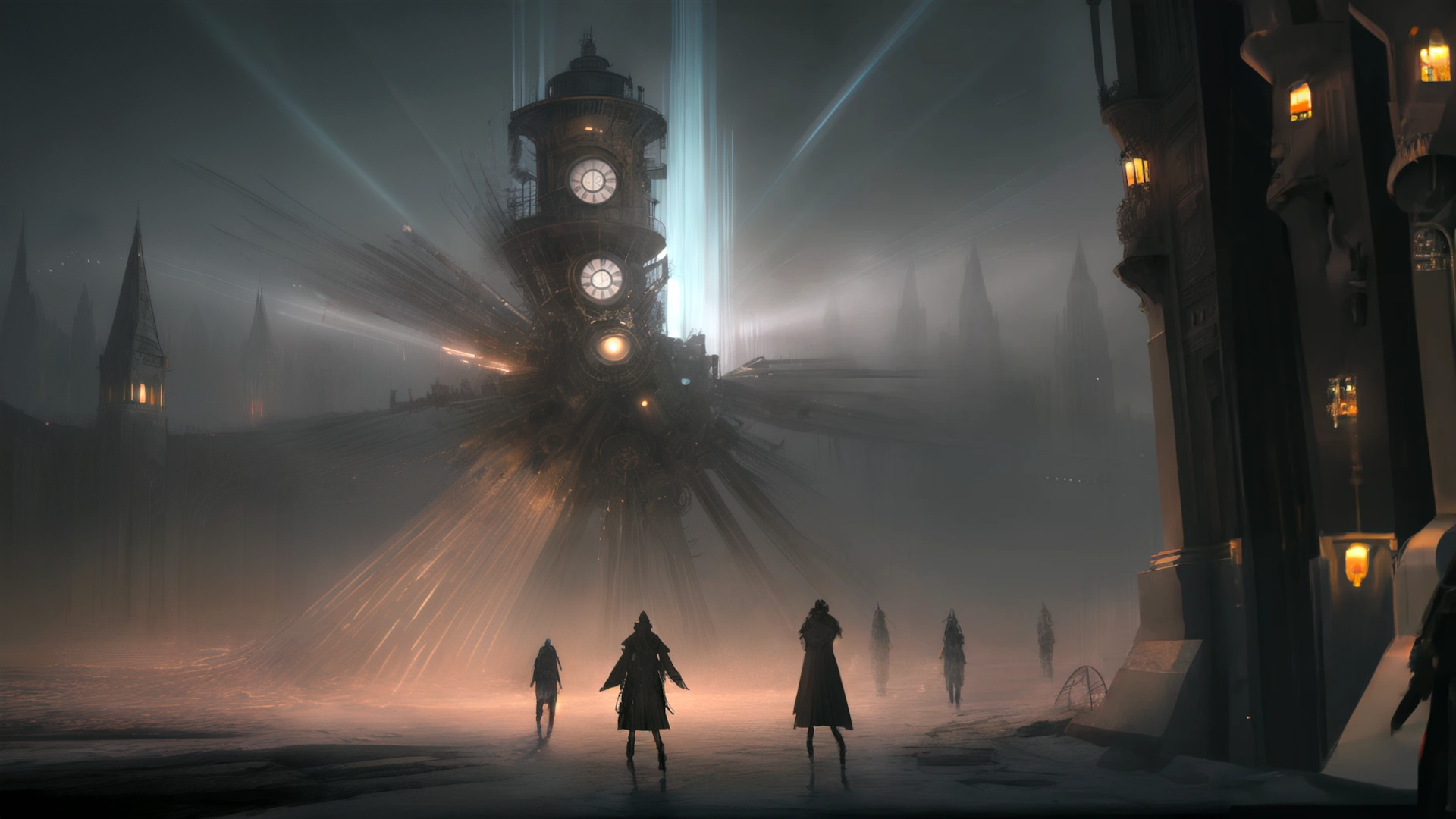Ever wonder how (generative) AI gets so smart? It’s not just algorithms and code. It’s the work of human annotators, the ghosts in the machine, people who sift through mountains of raw data, categorizing and labeling it, all to train the machines we’ve grown to depend on. This ‘ghost’ isn’t an ethereal presence but a representation of the human effort behind the scenes, the painstaking and meticulous work that shapes the intelligence of AI.
AI isn’t born knowing how to differentiate between a bicycle and a pedestrian. It is trained, guided by the spectral hands of these hidden laborers who transform raw, unstructured data into the structured format that machines can understand. This workforce is largely hidden behind the machines, their contribution often invisible in the final product, much like ghosts.
The work itself is often tedious and repetitive, such as identifying every vehicle, pedestrian, cyclist, etc., in footage for self-driving cars, frame by frame, from every possible camera angle. This ‘ghostly’ task force, working in the shadows, performs an essential role, providing the ‘spirit’ of understanding to the mechanical body of AI, making it possible for the machine to ‘see’ and ‘understand’ the world in a way that mimics human cognition. In essence, the ghost in the machine is the unseen human intelligence driving the artificial one.
In some cases, individuals like “Joe” mentioned in a Verge article ran annotation boot camps for companies that needed labelers. These labelers were tasked with a variety of tasks such as categorizing clothing seen in mirror selfies, identifying rooms from the perspective of robot vacuum cleaners, or labeling lidar scans of motorcycles. This work, although critical, can be mundane and many people drop out before completing the boot camp.
Labelers are often engaged in tasks that seem puzzlingly abstract, disconnected from any discernible objective. Their assignments can range from labeling objects for self-driving cars to categorizing snippets of distorted dialogue, or even uploading photos of themselves showcasing various expressions or attired in different outfits. Yet, these tasks, as mundane or bizarre as they may seem, are critical pieces of the larger AI jigsaw puzzle.
The challenge, however, lies in the opacity of the process. These tasks are often part of larger projects with obscure code names like ‘Crab Generation’ or ‘Whale Segment’. These cryptic monikers provide no insight into the end goal of the task at hand, leaving the labelers in the dark about what the ultimate AI is being trained to do. This can be akin to assembling a complex puzzle without having access to the picture on the box. You are aware that each piece matters, but you are unsure of how it contributes to the overall picture.
This compartmentalization of tasks, while efficient for managing large volumes of work, can lead to an unsettling disconnect. The labelers, essentially the ‘ghosts in the machine’, contribute hours of effort towards building an AI system without fully comprehending the grand design or end application of their labor. They are the invisible force shaping the intelligence of AI systems, yet they remain unaware of how their efforts will be utilized in the bigger scheme of things.
The current AI boom began with an unprecedented feat of repetitive labor. In 2007, AI researcher Fei-Fei Li found thousands of workers on Amazon’s Mechanical Turk to create ImageNet, an annotated dataset that enabled breakthroughs in machine learning. This kind of annotation remains a foundational part of making AI, even if it’s often viewed as a passing, inconvenient prerequisite to the more glamorous work of building models. It’s important to note, however, that annotation is never really finished as machine-learning systems are prone to fail when encountering something that isn’t well represented in their training data, necessitating continuous human input.
Many people around the world are doing the mundane manual labor required to keep AI running. Some of the tasks include classifying the emotional content of TikTok videos, new variants of email spam, the precise sexual provocativeness of online ads, categorizing the emotions of people on video calls, labeling food for smart refrigerators, checking automated security cameras before sounding alarms, and identifying corn for autonomous tractors.
While we may not be consciously aware, our every interaction with AI is facilitated by these invisible laborers. However, labeling them as the ones who make technology appear human somewhat romanticizes the reality of their often monotonous and underappreciated work. They don’t just bridge the gap between binary code and our intricate, chaotic world; they laboriously label and annotate data, often without understanding the larger context or final goal of their work. So, before you marvel at an AI’s capabilities, consider the human annotators. They are the overlooked ghosts in the AI machine, performing tedious tasks to create the illusion of ‘magic’.
